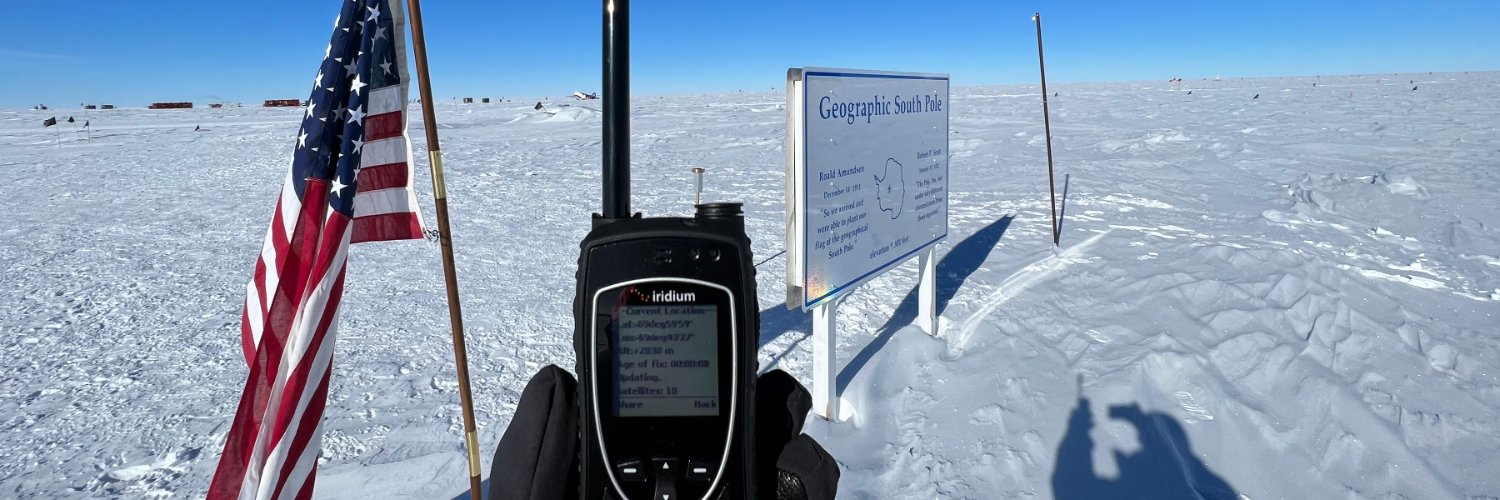

Chun
@satofishi
Documenting my travel to every country/territory in the world following ISO 3166: 55% (136 of 249) on 1 planet/moon(s) done and counting…
299 Following 85.1K Followers
When I saw this with my own eyes, one thought that came to mind was the famous opening line from A Tale of Two Cities by Charles Dickens: It is the best of times for fishing, it is the worst of times for fish… https://t.co/fVOUwx1B8r
Show more

Chinese fishing fleets are so large you can see them from space.
My father @astro_Pettit took this image from the ISS last month.
That is not a city. Every single dot is a boat trawling the seabed. https://t.co/MJVKzXV2qN
Show more
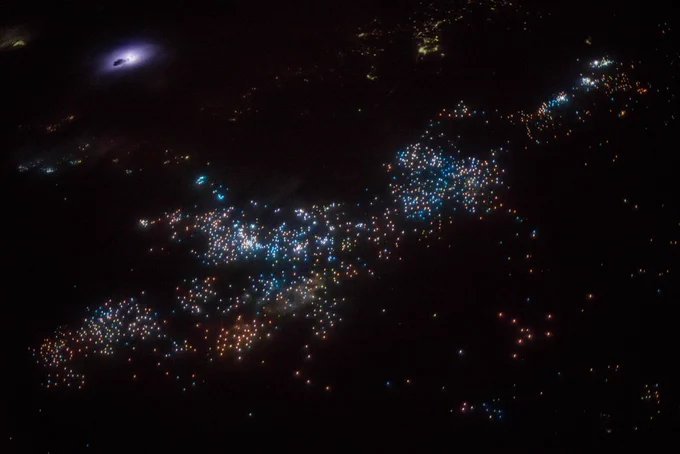
0
0
5
79
11
This is how Norway welcomes its first astronaut home. https://t.co/LqG4uzoDM7
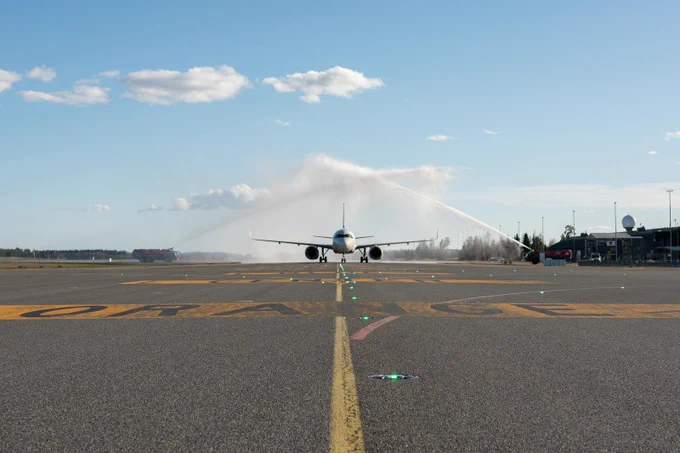

We're honored to have flown Norwegian astronaut Jannicke Mikkelsen home from Los Angeles to Oslo, after her historic Fram2 space mission. Thank you, Jannicke, for flying SAS - and for inspiring us all to reach higher! https://t.co/qaI3Y1dZNC
Show more
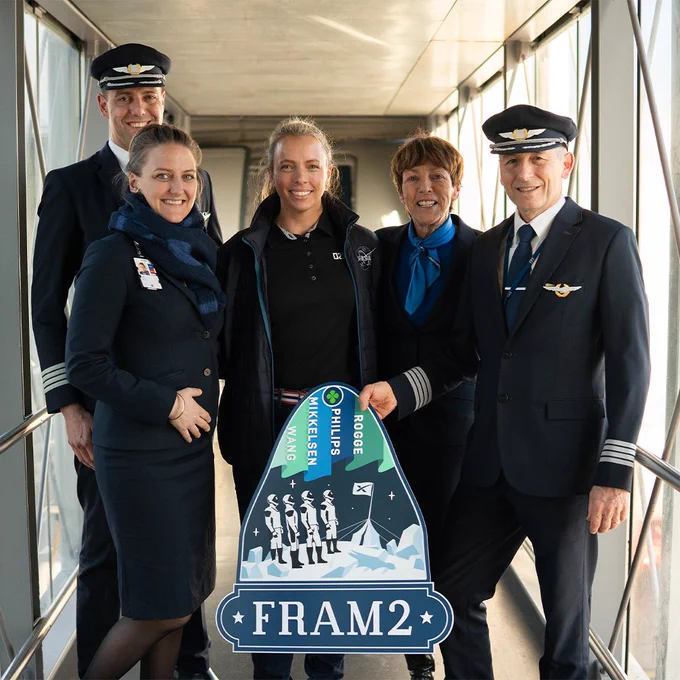
0
0
0
11
1
41st flight of 2025: Hawaiian HA 459 from HNL/PHNL Honolulu Daniel K. Inouye to ICN/RKSI Seoul Incheon. Airbus A330-200 registered N385HA. This is the 1005th flight of all time. It is my 39th departure from the U.S. 50 states and D.C., the 41st departure from the U.S. and its territories, and also the 41st arrival to the Republic of Korea. 🇺🇸✈️🇰🇷
Show more


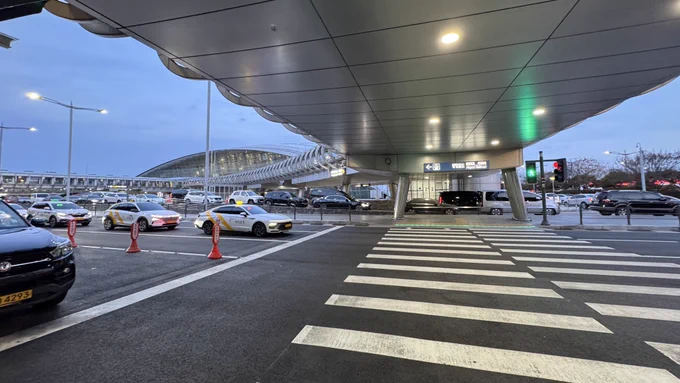

0
0
2
32
2
Hello, Antarctica.
Unlike previously anticipated, from 460 km above, it is only pure white, no human activity is visible. https://t.co/i7JawFYzW2

0
0
922
27.3K
3.8K
The ride to orbit was much smoother than I had anticipated. Apart from the final minute before SECO, I barely felt any G-forces—it honestly felt like just another flight.
I had imagined it would feel like being in an elevator that suddenly drops, but that sensation never came. If I hadn’t set free Tyler, the polar bear zero-gravity indicator, I might not have realized we were already weightless. I think being tightly strapped into our seat buckets made the transition less noticeable.
The first few hours in microgravity weren’t exactly comfortable. Space motion sickness hit all of us—we felt nauseous and ended up vomiting a couple of times. It felt different from motion sickness in a car or at sea. You could still read on your iPad without making it worse. But even a small sip of water could upset your stomach and trigger vomiting.
Rabea spent some time on the ham radio, making contact with Berlin. No one asked opening the cupola on the first day—we were all focused on managing the motion sickness. We had a movie night watching our own launch and went to sleep a bit earlier than scheduled. We all slept really well.
By the second morning, I felt completely refreshed. The trace of motion sickness is all gone. We had breakfast, took a few X-ray images, and opened the cupola three minutes after midnight UTC—right above the South Pole.
Stay tuned.
Show more

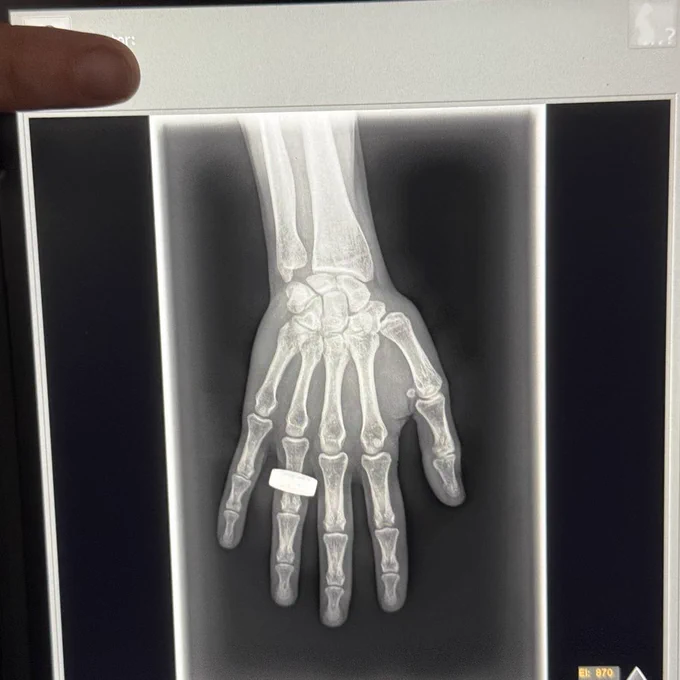
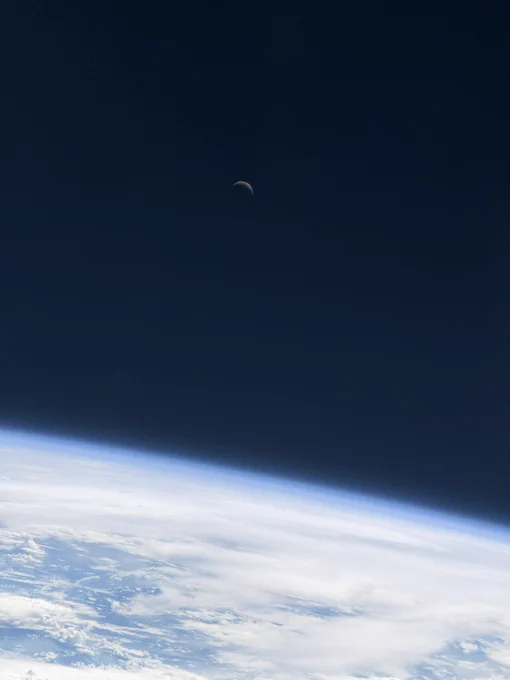

0
0
167
2.5K
301
Today, we become the 681st humans to fly above the Kármán line, and the 626th to orbit the Earth.
0
0
329
5.8K
376
36th flight of 2025: SpaceX Fram2 from LC-39A, Kennedy Space Center, via the South Pole and the North Pole, to Pacific Ocean near Los Angeles or Oceanside. Crew Dragon C207 “Resilience”. This is my 1000th flight of all time.
Show more
Watch Falcon 9 launch Fram2 and the @framonauts, the first humans to fly over the Earth’s polar regions → https://t.co/vSt6tffjPe https://t.co/P4tpoG5vKl


0
0
73
939
101
L-2h05m
Side hatch closed. We are go for launch. 🚀 https://t.co/EGcvYFRKVx
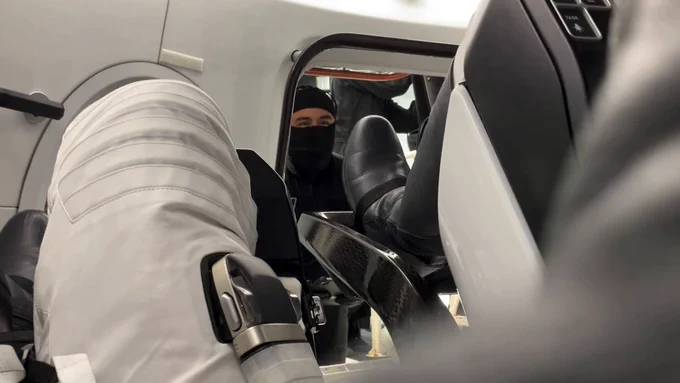
0
0
330
9K
955
We’re gonna watch a rocket launch while on our way to a rocket launch. 🚀 https://t.co/G1IfJdGt1f

0
0
186
4.3K
345
I need you guys to appreciate how much Dragon/Falcon GNC is cooking with fram2's ascent profile. https://t.co/GNKeuQk4FI
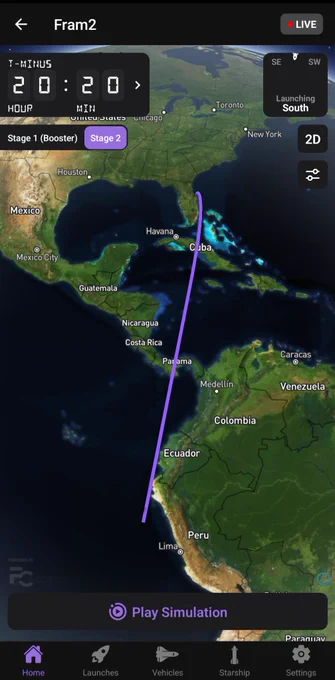
0
0
38
1.4K
60
It is the launch day today.
SpaceX engineers worked overnight to conduct final checks of the spacecraft and rocket. We will have a go/no-go decision by L-7 hours.
https://t.co/jc5XAfA2vQ


0
0
137
1.1K
149
May I present our collected launch delay bingo (let me know if something is missing) https://t.co/YDgWIjcVEM
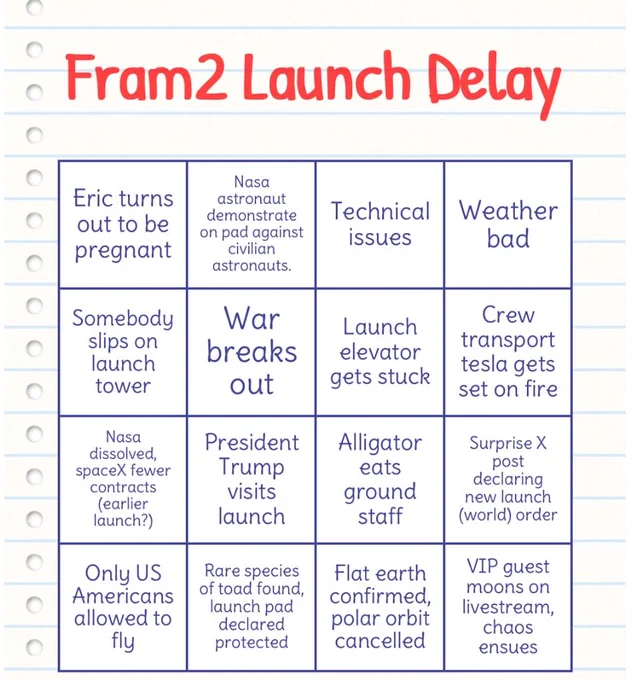
0
0
73
1K
86
123.1 m is a milestone.
It marks Starship has finally surpassed the Sapphire South Padre, a 30-story high-rise located 6 mi to the north.
Starship’s latest version has reached an impressive height of 123.1 meters
The largest rocket ever built https://t.co/MqQm9u2ZFo

0
0
11
332
18
L-2 days
Today was a busy day.
I woke up at 2 PM and departed from our quarantine facility at 3:30 PM in a convoy of three Teslas. With NASA security police escort leading the way, we didn’t have to stop for traffic lights.
We had breakfast at HangarX before heading to the pad. Arriving at the suit-up room near Pad 39A, we received our satchels containing some necessary medicines, along with a flight iPhone, iPad, Apple Watch, and AirPods Pro. SpaceX had 3D-printed a tether to connect the two earbuds so they wouldn’t get lost in microgravity. I spent some time loading apps, including X, YouTube, and an offline version of OpenStreetMap, to which I had made many contributions in its early years. I also downloaded apps that use iPhone and iPad sensors to monitor cabin pressure—as an independent redundancy in the unlikely event of cabin depressurization.
After that, we had a quick weather briefing, suited up, and jumped into the Teslas for the ride to the pad. Unlike all previous Dragon missions, we’ll launch from the East Coast and splashdown the West Coast. This means we’re actually traveling from one place to another. We’d pack our clothes, personal phones and watches into a bag, which SpaceX staff will transport to Hawthorne, and upon our splashdown, hand over to us on the recovery ship.
Ingress, buckling in, seat rotation, comms check, and suit leak check — everything went smoothly. By the time the dry dress rehearsal completed, it was already dark and raining. The walkway from the crew access arm to the tower isn’t fully protected from rain. When the side hatch reopened, the SpaceX ninja team met us with umbrellas and rain jackets, which we wore over our spacesuits to keep our “dry dress” from turning into a “wet dress.”
We returned to the suit-up room for a short debrief, had “lunch,” and then headed back to the quarantine facility at 11 PM. The rest of the night was filled with a few more meetings to review some final details. The flight software on Dragon had been frozen, and there were some newly discovered bugs we needed to be aware of. I also had a call with our psychotherapist, Rebecca, who has been working with us since the very beginning of training.
At 2:30 AM, Ben, Space Operations Physician at SpaceX, and I went out for a 2-mile run. Jaime, Ben and I have been running every night during quarantine, and sometimes I feel like they have become my bodyguards in Merritt Island’s darkness.
Tomorrow, there’s a scheduled Starlink launch at nearby SLC-40. I’m hoping it goes well and that I might watch it from a distance at our quarantine facility.
Show more
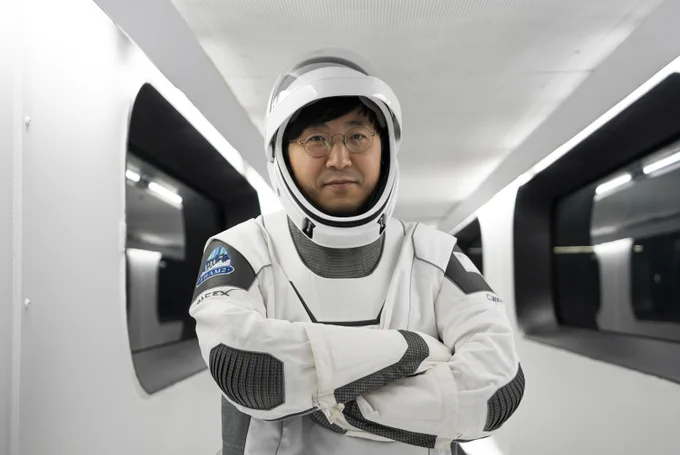



0
0
81
1.5K
162
Rollout and vertical ✅
Dry dress rehearsal ✅
Static fire ✅ https://t.co/Ntzp99twOh

0
0
36
843
81
That’s why we picked a bear as our zero-g indicator. 🐻❄️
I know it's a bear market.... But we're about to witness the first Bitcoiner going to space. Where is everyone?
0
0
8
173
10
Teslas at pad. DDR underway. 🚀 https://t.co/23Q4cx9Ugy

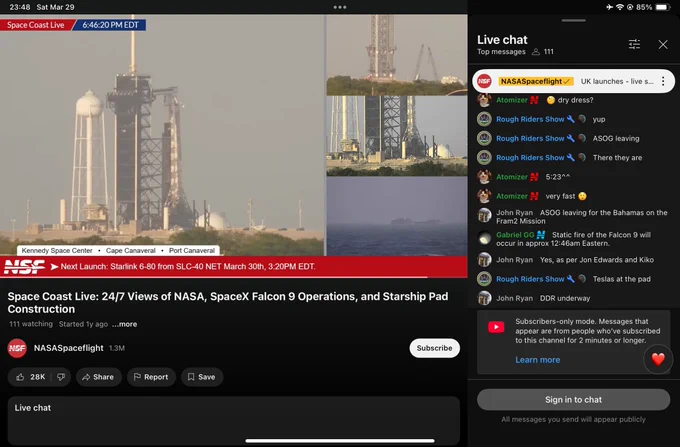
0
0
54
774
81
And we will carry with us a piece of the original Fram teak deck that is signed by Oscar Wisting in 1910.
@framonauts Targeting Monday, March 31 for Falcon 9 to launch Dragon and the @Framonauts’ Fram2 mission to orbit → https://t.co/vSt6tfeLZG https://t.co/UwwEIobmOg
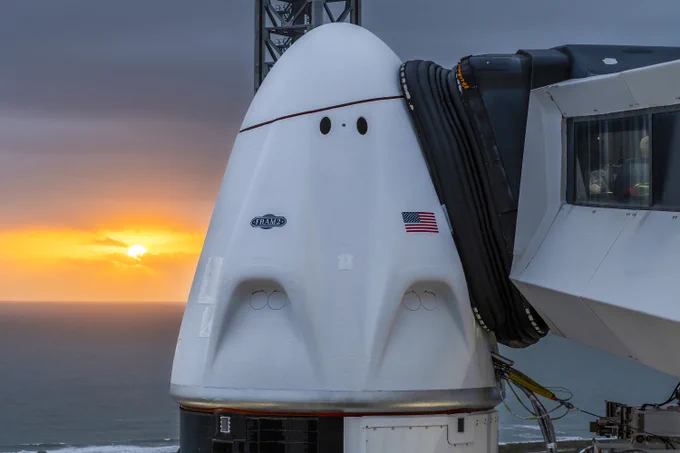
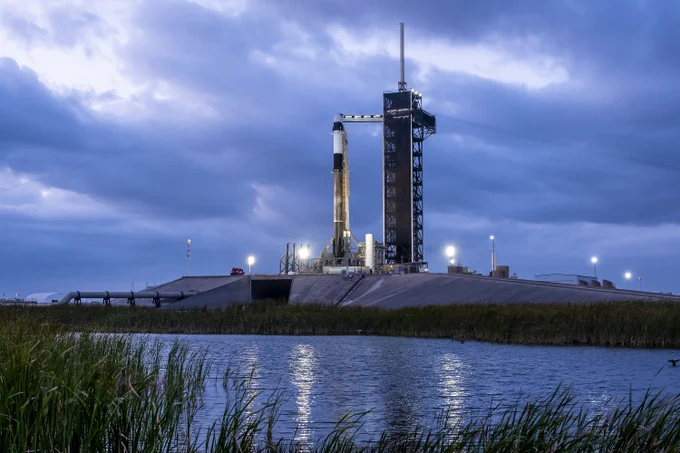
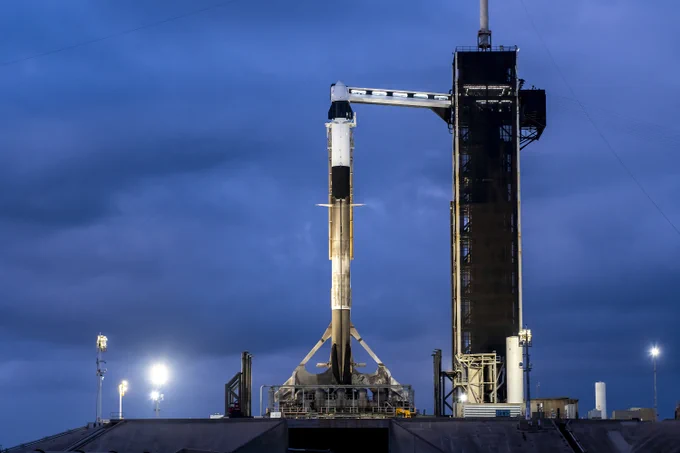
0
0
23
941
92
Falcon 9 carrying Crew Dragon Resilience is vertical at pad 39A in preparation for our dry dress this afternoon. Static fire is scheduled in just under 24 hours. https://t.co/XtzIPGOW3x

0
0
15
500
52





















